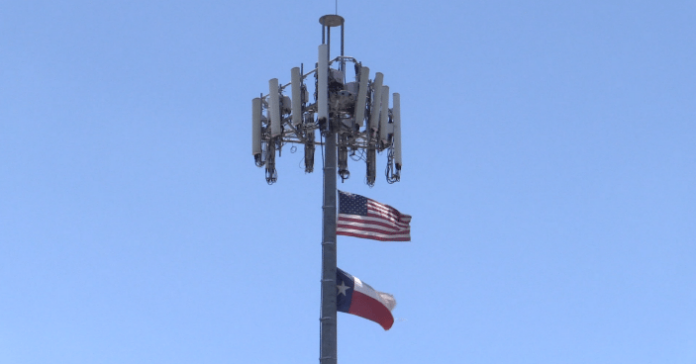Analysts see limited impact, executives say investment continues
With interest rates expected to rise and the next round of carrier network upgrades not expected for more than a year, some might say this is not the best time to invest in the tower sector. Others might say this is the perfect time to invest, as asset prices could increase when carrier spending picks up.
“As we look at leasing trends it feels like we’re in a trough,” said Ric Prentiss of Raymond James & Associates, speaking at this year’s Wireless Infrastructure Show during the Wireless Investors Conference, typically one of the show’s best-attended breakout sessions. Prentiss said the “trough” in carrier leasing activity is primarily due to reduced spending by AT&T Mobility and Sprint, noting Verizon Wireless and T-Mobile US are driving most of the new tower leasing activity in the U.S. right now.
“When you say Verizon, the word association game is usually steady and regional, and the word association with AT&T is usually centralized and peaks and valleys,” Prentiss said. “And so as we look at Verizon it looks pretty steady. If you talk to tower companies big and small, public and private, everyone seems to suggest that Verizon has been one of the top two leasing activity [carriers] this year. AT&T [is] quite the opposite. They were very active in 2013 and 2014, and then the applications slowed down and the pipeline slowed down and the impact on towers slowed down in 2015, and has continued into 2016. T-Mobile picked up the slack. T-Mobile has been very active and Sprint is just the big MIA.”
Panel moderator Clayton Funk of Media Venture Partners noted total U.S. carrier spending averaged $31.5 billion per year during the 2011-2013 timeframe, and since 2014 it has been in the $27 billion to $29 billion range. Prentiss pointed out those variances are more impactful for the equipment vendors than they are for the tower companies, which realize the bulk of their revenue from long-term contracts.
Tower executives on the panel said carrier spending can be impacted by macro economic issues and by carrier-specific network projectories. Both American Tower and SBA Communications added that their companies have continued to borrow in order to buy more towers when they can.
Marc Ganzi, co-founder of Digital Bridge Holdings, said his company has raised roughly $4 billion in equity to invest in towers, small cells, fiber and data centers. Ganzi said Digital Bridge has earmarked half a billion dollars to begin a “rollup of the data center space.”
“We are very focused on internet infrastructure,” said Ganzi. “It’s kind of the third leg of what we think is sort of a critical ecosystem of being able to provide infrastructure to our customers, the onramp being towers and small cells and the transport component of the network being fiber, and then the ultimate home for aggregation of data is really in the data centers. So we are spending a lot of time around colocation service, managed service, cloud connectivity and disaster recovery, which we think are all services that our customers want at the end of the day.”
Follow me on Twitter.

